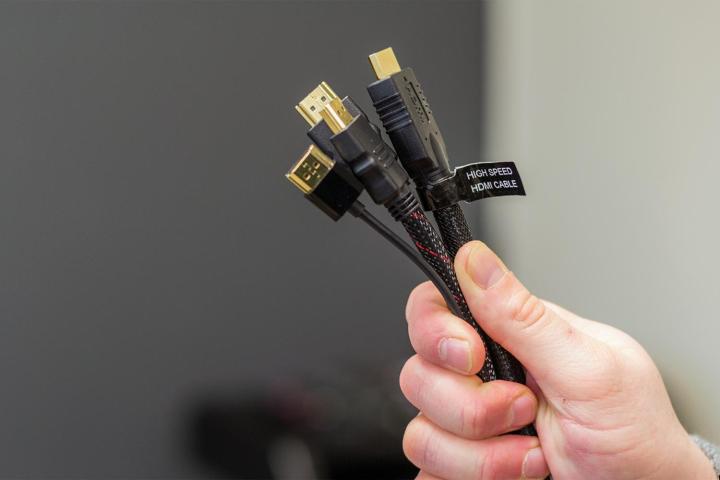The HDMI Licensing Administrator, the group that defines and licenses HDMI standards, has some confusing requirements around the HDMI 2.1 standard. The group did away with HDMI 2.0 in 2017, and display makers should stick with HDMI 2.1 going forward — even without the essential features of the newer standard.
All of this comes from a statement the HDMI Licensing Administrator sent to TFT Central. In short, the HDMI 2.0 standard “doesn’t exist” anymore, and display designers should mark any HDMI 2.x display as supporting HDMI 2.1 as long as they support one new feature. The features of
TFT Central spotted a Xiaomi 1080p 240Hz monitor that claims to support
When standards aren’t standard

HDMI 2.0 and
The HDMI Licensing Administrator doesn’t see that big of a difference. In an email, the group told me that HDMI 2.0 was deprecated in November 2017, and that the features of HDMI 2.0 are now a subset of
That’s a big problem.
Anyone who has upgraded to a PlayStation 5 or Xbox Series X gaming console sees the issue here.
Imagine if LG’s C1 OLED TV — a champion for next-gen console gaming thanks to the inclusion of
Thankfully, this isn’t a widespread issue now. Even though the HDMI Licensing Administrator discontinued HDMI 2.0 in 2017, there are countless recent
They could, under the HDMI Licensing Administrator’s rules, advertise support for
Playing the crowd

Roll back a few years to a time when high dynamic range (HDR)
That was until VESA, the organization behind standardized display mounting holes and the DisplayPort connection, created the DisplayHDR standard. Instead of the Wild West of
“A manufacturer needs to only support one 2.1 feature (such as eARC, for example) to call a device HDMI 2.1-compliant. However, they need to also state which features the device supports — so as to be clear what features the device supports. This is important so consumers won’t think a 2.1-enabled device supports all features,” the group wrote in an email.
We don’t have a major problem with HDMI 2.0 and
HDMI’s job

The job of any computing standard is to standardize complex, unapproachable technology. You don’t need to worry about the number of connectors in the USB 3.0 port versus a USB 2.0 one — just look for the blue port and know that USB 3.0 is much faster. Standards create space between technology and products and help demystify marketing.
HDMI is a port, but it’s also a standard. Each new number should mean something, but under the current guidance, they don’t need to. I’m in favor of well-informed customers, but the opportunity for manufacturers to be deceptive under HDMI’s current guidance is too high.
It brings into question the point of having a standard at all. If
Editors' Recommendations
- You Asked: QLED and mini-LED burn-in, missing HDR, and Apple TV and HDMI 2.1
- You asked: Should you buy a 70-inch TV, do you really need a Blu-ray player, and more?
- You Asked: best TVs for bright rooms, when to use eARC, and more
- Your old HDMI cable isn’t good enough anymore. Here’s why
- With DisplayPort 2.1, longer cables won’t reduce throughput




